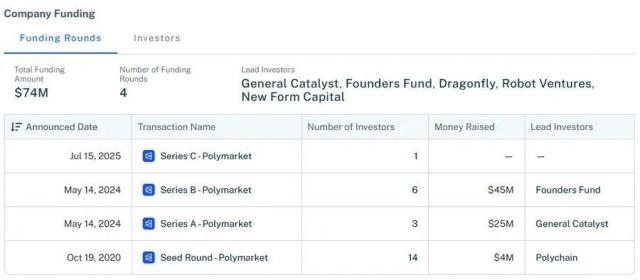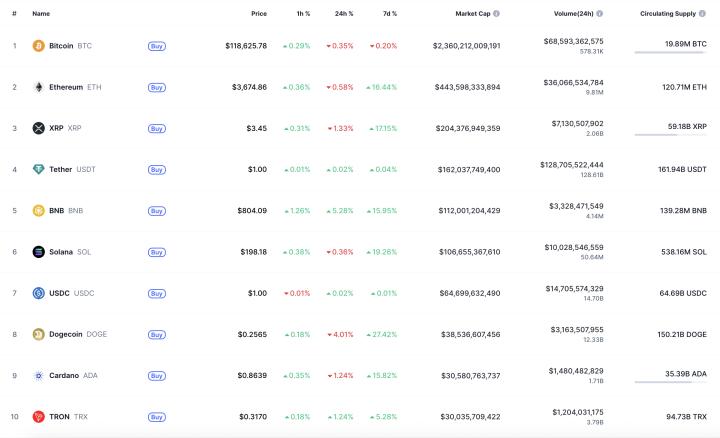Chainfeeds Preface:
The future of stablecoins and SWIFT is a dynamic game of moving from integration to competition. The short-term handshake is a pragmatic move to maximize mutual interests, but precisely this provides stablecoin giants with sufficient strength to launch a more grand and profound long-term competition.
Article Source:
https://x.com/losingle/status/1947519358923911379
Article Author:
losingle
Perspective:
losingle: Currently, the global cross-border payment system is firmly dominated by the alliance of SWIFT and correspondent banks. Its business model essentially relies on inefficiency and friction - high transaction fees, exchange rate differences, opaque settlement processes, and interest income from funds in transit, which constitute the source of banks' enormous profits. Therefore, for a low-cost, real-time technical system like stablecoins, traditional institutions instinctively choose to resist or even block. Even facing technological waves, they tend to pursue defensive innovation, such as SWIFT's GPI or JPMorgan's JPM Coin, which essentially control innovation within walled gardens rather than truly embracing decentralized networks. Additionally, the long-accumulated trust mechanisms and anti-money laundering systems of traditional finance have formed extremely high compliance barriers, making it difficult for any new participants to shake their foundations. Meanwhile, stablecoins, despite holding US-issued licenses, face regulatory fragmentation and "last-mile" implementation challenges in the global market. For instance, to operate in different countries, they must navigate multiple regulatory systems like the EU's MiCA and Japan's Financial Services Agency; moreover, local fiat on/off-ramp channels for stablecoins are highly controlled by banks, hindering their entry into mass payment scenarios. In the short term, when unable to directly challenge traditional financial infrastructure, joining SWIFT becomes the optimal strategy for stablecoin issuers. Taking Circle as an example, by integrating USDC into SWIFT standard messages (like ISO 20022), they instantly gain a massive distribution network including over 11,000 financial institutions and the highest-level trust endorsement from the traditional financial system. This collaboration not only solves USDC's "last-mile" conversion issues but effectively mitigates banks' technical and compliance concerns about crypto assets. SWIFT itself also benefits by introducing new asset types like stablecoins to enhance its service capabilities and alleviate blockchain competition pressures. In this phase, they are in a symbiotic relationship: SWIFT provides the track, stablecoins inject vitality. Players like Circle have not abandoned their long-term vision of replacing SWIFT. After accumulating customers, reputation, and funds in the first phase, the next stage involves building their native cross-chain protocol CPN, demonstrating its high programmability, real-time performance, and low costs. Ultimately, the goal is to drive the market from using SWIFT channels to invoke USDC towards directly running autonomous financial logic on public chains, thereby achieving a transfer of control and market gravity. Circle's strategy is not to disrupt SWIFT overnight but to steadily advance in stages: In the first phase, deeply integrating with SWIFT to become its most powerful plugin, incorporating USDC into existing banking systems in a way compatible with ISO 20022. This not only provides Circle with survival space but also achieves borrowed access to traditional financial resources. In the second phase, while continuing to serve traditional banking scenarios, Circle promotes its CPN protocol, leveraging its native network's unique advantages for high-frequency, small-amount, and automated payment scenarios that SWIFT cannot satisfy. Through differentiated positioning, the market will gradually recognize: use SWIFT for traditional scenarios, and connect to CPN for innovative scenarios. In the third phase, when the CPN network's developer ecosystem flourishes, user experience is optimized, and advanced financial applications like RWA are implemented, market gravity will naturally shift from bridge to platform. The SWIFT channel will still exist but no longer be central. This plugin-to-platform evolution path not only mitigates short-term compliance risks but also lays the foundation for long-term construction of a disintermediated, programmable next-generation cross-border settlement network. Ultimately, Circle hopes to reshape global financial standard power through this approach, transforming from an embedder to a definer.
Content Source







